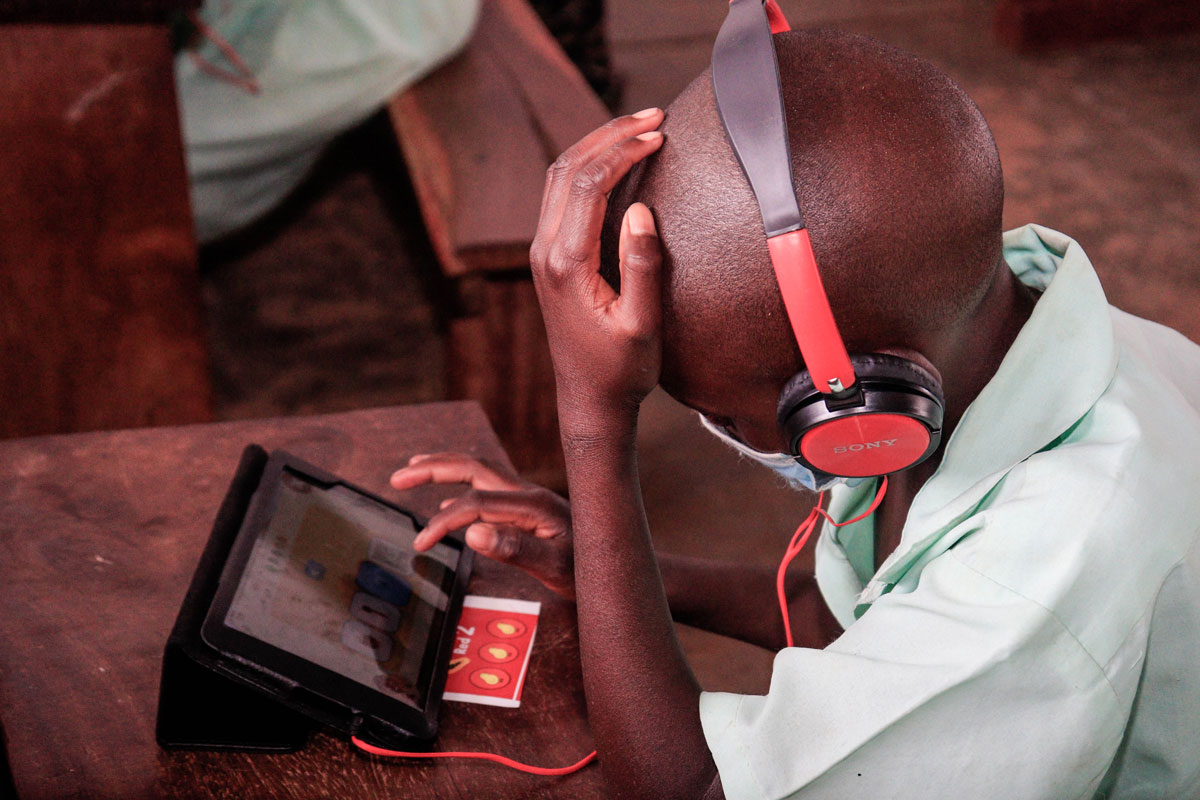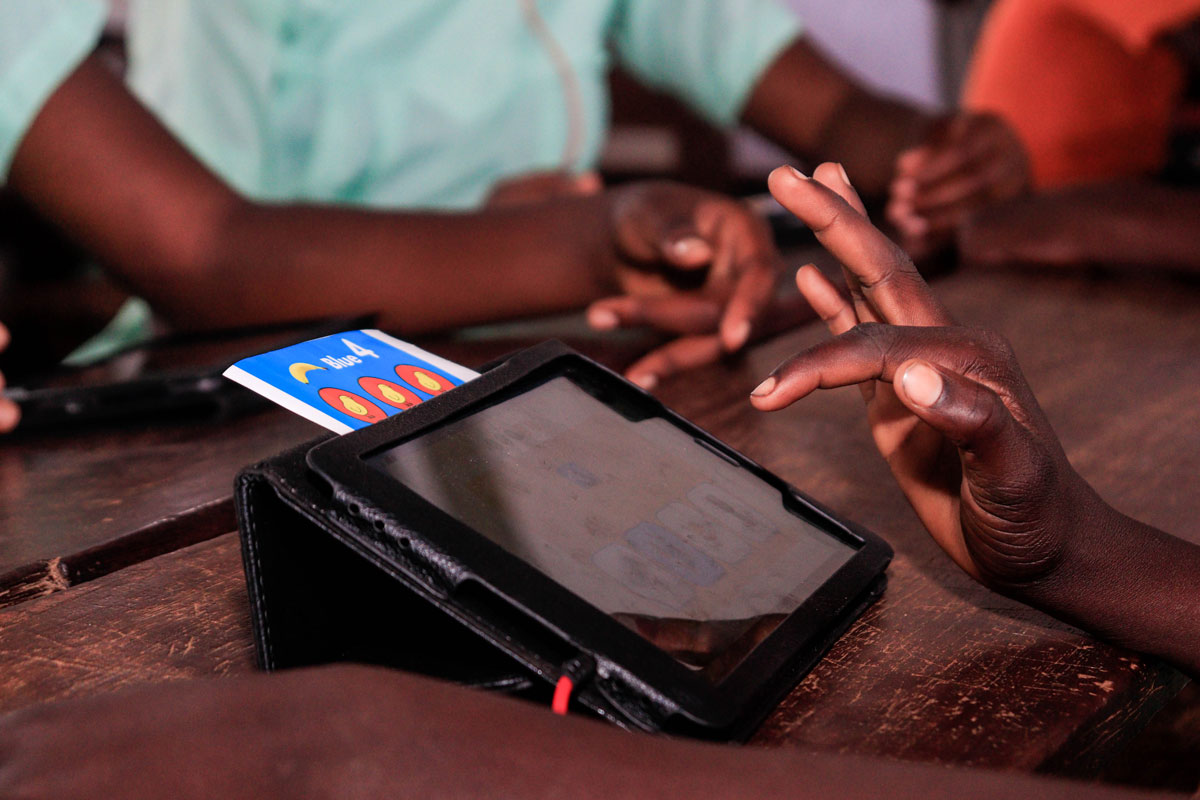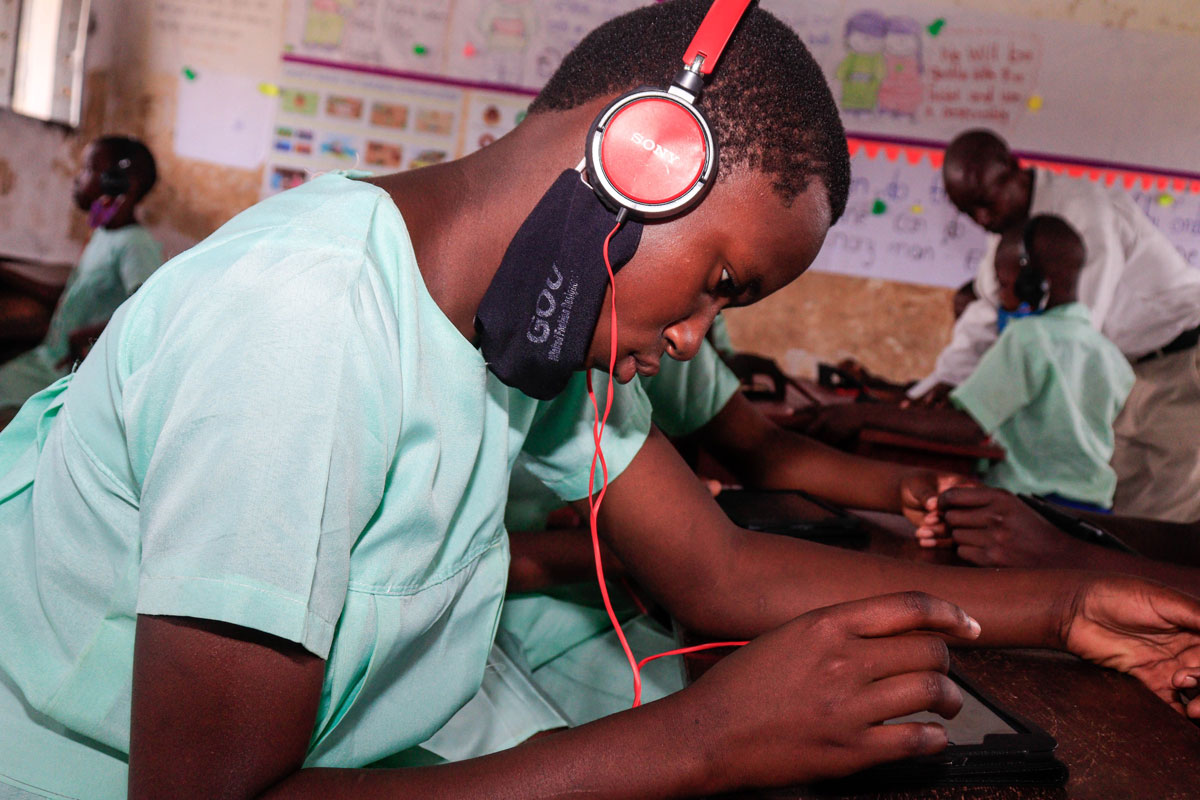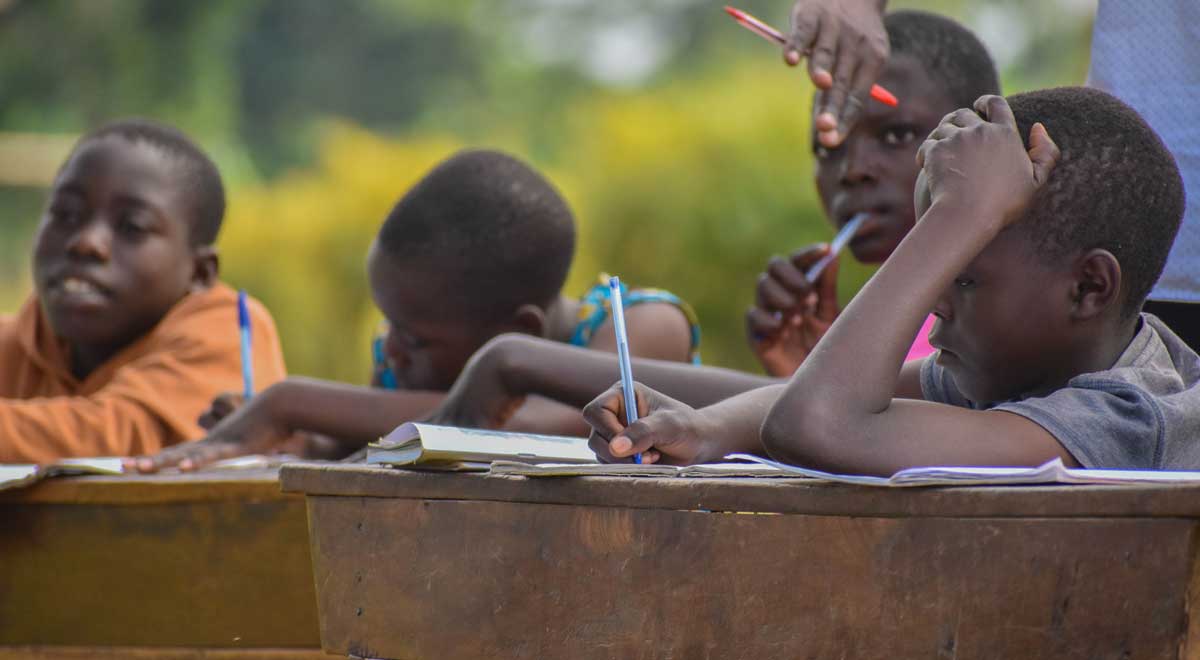
As the world continues to grapple with the Covid-19 pandemic and its impact mainly on in-country economies, Uganda is not exceptional. The social stay has generally been altered but my reflections are specific to the education sector that remains closed for physical learning in Uganda and many other countries. According to the United Nations, more than 91% of the learners globally have been impacted by the temporary closure of schools, and approximately 1.6 billion young stars were reported to be out of school by April 2021.
In Uganda, nearly 15 million children have had their schooling disrupted by the lockdowns in 2020 and 2021. Moreover, pre-school and lower primary have never resumed school due to phased re-opening that never got completed as the second wave of Covid-19 forced the country into another lockdown. Despite the push from sections of policymakers, educationists, and stakeholders calling for schools to re-open, the government insists that it’s only possible when vaccination has been done for all teachers and children above 8 years. Besides, uncertainties remain on the fate of learners whose national examinations results have been released for Primary Seven, Senior Four, and Senior Six.

Despite the fluid context, governments and education institutions have designed Covid-19 responsive modalities to keep children learning. China for example is said to have instructed a quarter of a billion full-time students to resume their studies online early this year. In the US, authorization of a vaccine for children aged 12-15 was granted to enable in-person learning. Indeed, many schools including here in Uganda have offered online learning to enable continuity in schooling.
According to the Internet Society, the use of zoom, a blueprint catalog for online educational resources, a repository of shared teaching resources has aided skills development for both teachers and learners. The provision of computers, tablets, Wi-Fi connections, Google classroom-skills set and e-conferencing have been enhanced in some countries. However, this is largely a reserve for urban children which widens education inequity for rural learners thus creating disparities in access and worst of all disability exclusion. Mark you, these interventions are costly for rural communities with poverty baggage. Much as the government of Uganda has encouraged the use of televisions and radios for lessons, rural learners have limited or no access to some of these tools.

In order to structure alternative inclusive learning for all children, governments require to invest in rural schools by providing computers, internet connectivity and invest in teacher training to adapt to digital delivery of lessons for all children. Teachers require additional skills in preparing lessons for online teaching and basics in navigating tools or systems for online classrooms. Essentially, budget adjustments and increases in needed to grow ICT for education and human resource development to enable schools to deliver online teaching lessons effectively.
Telephone learning initiatives are equally handy in addressing inequity and limited access to online learning for rural children. The telephone learning initiatives have been successfully adopted and implemented by Teach for All Networks, including Teach for Uganda and other organizations like Building Tomorrow. This initiative particularly enables continued learning of children, puts the responsibility to the parent to facilitate home learning, and it’s affordable for rural communities. Finally, there is a need for a well-streamlined parents’ engagement strategy in rural areas to ensure that parents facilitate home-based learning for their children.
The writer works as Head of Programs at Teach for Uganda
David Moses Okello

